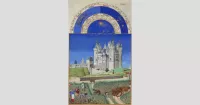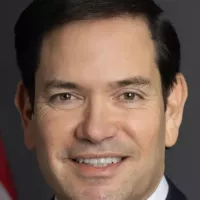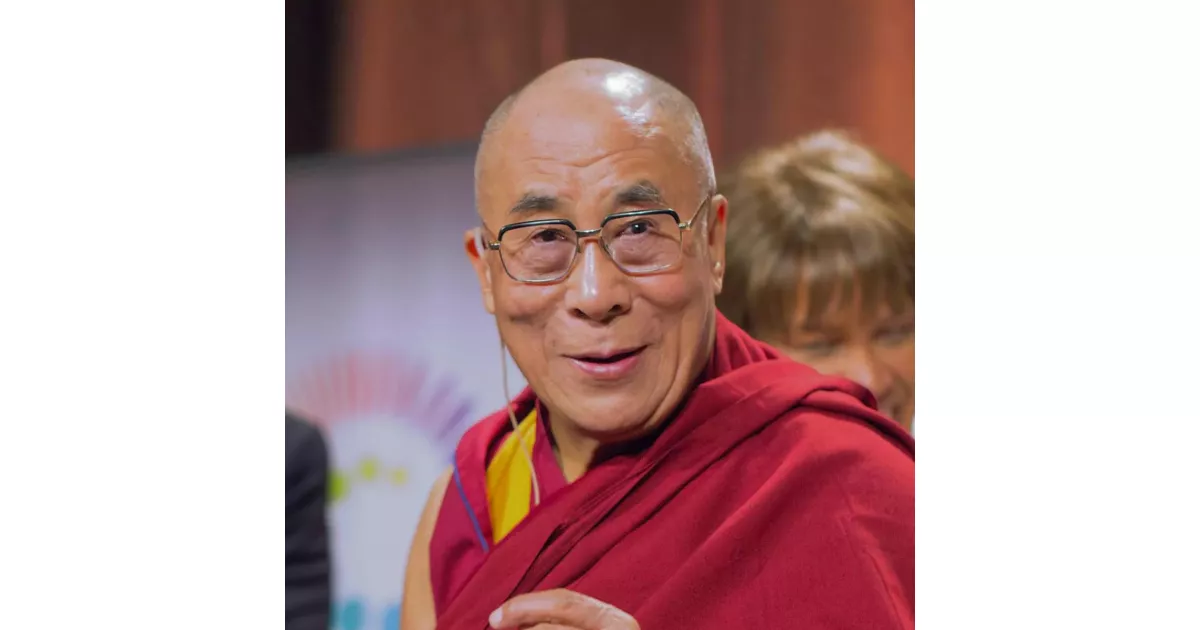An overview of the childhood and early education of Dalai Lama, highlighting the experiences that shaped the journey.
The Dalai Lama is the title given to the head of the Gelug school of Tibetan Buddhism. The title, meaning "Holiness Knowing Everything Vajradhara Dalai Lama," was first bestowed upon Sonam Gyatso in 1578 by Altan Khan. Sonam Gyatso became the 3rd Dalai Lama, and the title was posthumously awarded to the first two tulkus in his lineage. The Dalai Lama lineage represents a significant figure in Tibetan Buddhism and, historically, held political influence.
1904: Escape the British invasion
In 1904, the 13th Dalai Lama was in exile to escape the British invasion.
1909: Escape the British invasion
From 1904–1909, the 13th Dalai Lama was in exile to escape the British invasion.
1910: Escape from a Chinese invasion
From 1910–1912, the 13th Dalai Lama was in exile to escape a Chinese invasion. After his return from exile in India and Sikkim during January 1913, he assumed control of foreign relations and dealt directly with foreign officials.
1912: Escape from a Chinese invasion
From 1910–1912, the 13th Dalai Lama was in exile to escape a Chinese invasion. After his return from exile in India and Sikkim during January 1913, he assumed control of foreign relations and dealt directly with foreign officials.
July 1935: Birth of the 14th Dalai Lama
On July 6, 1935, the 14th Dalai Lama was born on a straw mat in a cowshed to a farmer's family in a remote part of Tibet.
February 1940: Approval to exempt Lhamo Thondup from the lot-drawing process
In February 1940, the Central Government approved the request to exempt Lhamo Thondup (Chinese: 拉木登珠) from the lot-drawing process to become the 14th Dalai Lama.
1959: Seeking refuge in India
Following the failed 1959 Tibetan uprising, the 14th Dalai Lama sought refuge in India, where Prime Minister Jawaharlal Nehru allowed him and the Tibetan government officials to enter. The Dalai Lama has since lived in exile in McLeod Ganj, Himachal Pradesh.
1959: Escape from Lhasa during the Tibetan uprising
In 1959, Tenzin Gyatso, the 14th Dalai Lama, escaped from Lhasa during the Tibetan uprising and went into exile in Dharamshala, India.
1959: 14th Dalai Lama fled to India
In 1959, the 14th Dalai Lama fled to India, marking the end of the Dalai Lama lineage's continuous rule over Tibet for 317 years.
1969: Dalai Lama's statement on the future of the Dalai Lama institution
In 1969, the 14th Dalai Lama stated that Tibetans should decide whether the institution of the Dalai Lama should continue. He also suggested that he would not be reborn in a country controlled by the People's Republic of China.
July 2, 2025: Dalai Lama's statement on the continuation of the institution of Dalai Lama
On July 2, 2025, the Dalai Lama released a statement affirming that the institution of the Dalai Lama will continue. He also stated that members of the Gaden Phodrang Trust have exclusive responsibility for recognizing his successor.
July 6, 2025: Dalai Lama to reveal plan for deciding on his successor
On July 6, 2025, the Dalai Lama plans to reveal his plan for deciding on his successor on his 90th birthday. He has suggested that he can name an adult as his next incarnation, and that this successor could immediately be taken seriously.
July 2025: 90th birthday celebration
In July 2025, the Dalai Lama is scheduled to celebrate his 90th birthday. Before the celebration, he confirmed that the Gaden Phodrang Trust will supervise the process of appointing a successor after his death.
Mentioned in this timeline

Barack Obama the th U S President - was the...
The United States of America is a federal republic located...
India officially the Republic of India is a South Asian...
China officially the People's Republic of China PRC is an...
Nepal is a landlocked country in South Asia predominantly located...

September is the ninth month of the year in the...
Trending
3 months ago Alexander Bublik at Shanghai Masters 2025: Predictions and Betting Odds
2 months ago Body of missing Hubbard hunter, Devon Dobek, recovered from Mount Hood National Forest.
1 month ago Battery prices decreased, electric grid more reliable: Storage industry crushes 2025 goals.
Rapha l Collignon is a Belgian professional tennis player who has achieved a career-high ATP singles ranking of world No...

6 months ago Dayana Yastremska advances to Hamburg quarterfinal, her first on clay since 2022.
1 month ago Frontier Airlines Introduces Changes, New Routes, and Affordable Travel Options for Passengers.
Popular

Stranger Things created by the Duffer Brothers is a popular...

XXXTentacion born Jahseh Dwayne Ricardo Onfroy was a controversial yet...

Kelsey Grammer is an accomplished American actor producer and singer...

Candace Owens is an American conservative political commentator and author...

Bernie Sanders is a prominent American politician currently serving as...

Marco Rubio is an American politician attorney and diplomat He...
